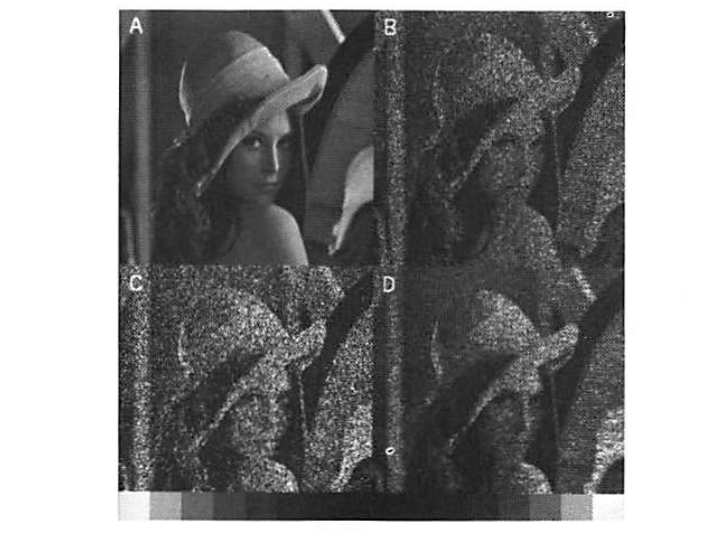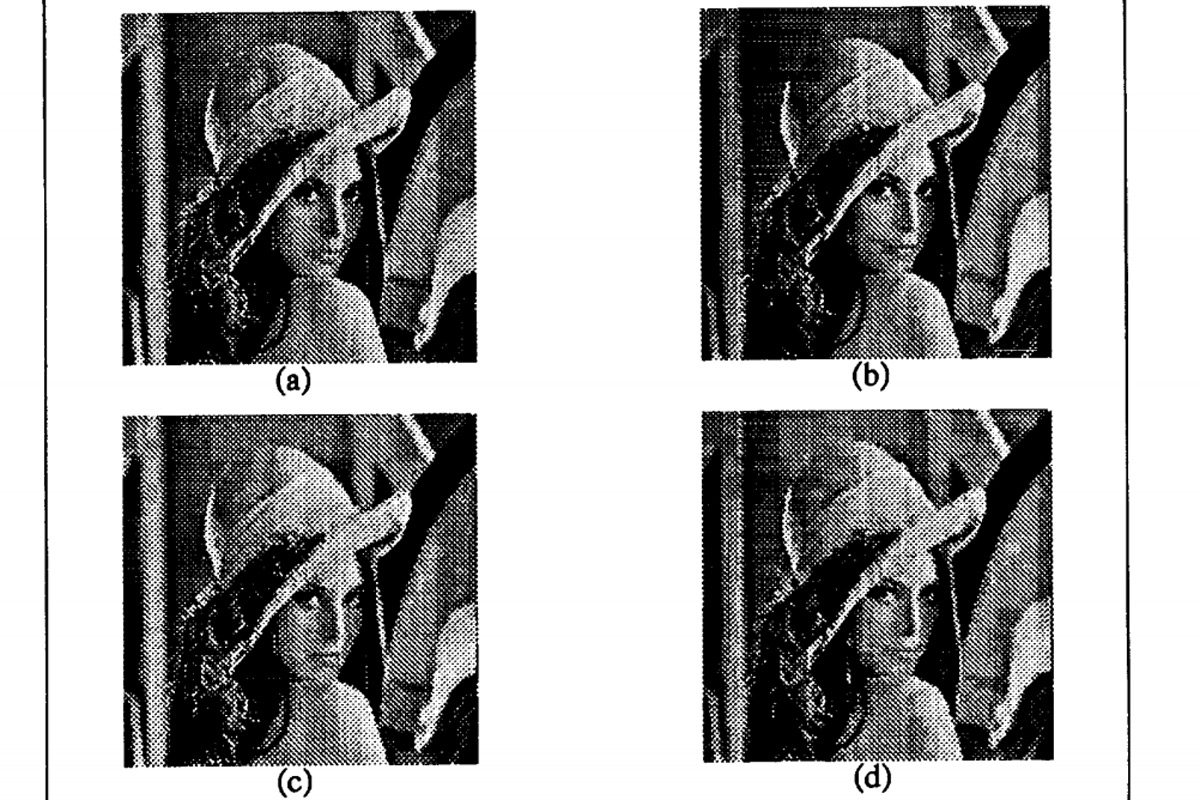Once upon a time Playboy was ubiquitous in a way that seems unimaginable now. In The New Yorker, Joan Acocella reports that "by the end of the sixties, one-fourth of all American college men were buying his magazine every month." The plausible reasons for its decline are numerous. Print circulation has declined generally; maintaining a magazine that presents itself as the apex of a certain kind of culture, over more than six decades, is an impossible task.
The world changed around it; the internet subsumed it. Digital media, in each new form, took away pieces of the modish, urbane image Hugh Hefner centered Playboy around. But at its height—literally when its most successful issue published in the early 1970s—a Playboy centerfold shoot became the digital template for the technology that would make its main product, nude women, almost unavoidable, rather than hidden between the pages of a magazine stored in closets and under beds.
"In the nineteen-eighties and thereafter, the artificiality only increased, as did that of all American mass media," writes Acocella of the aesthetic evolution of his centerfolds. As his models became more airbrushed and digitized ,Hefner adapted to the wider trends of 1990s and 2000s by embracing new media like DVDs and streaming video. In 2005, Playboy ventured into reality television, further bolstering the brand while further undermining the idyll Hefner had based it upon. "Hefner leased expensive cars for his girlfriends to keep up appearances, but he refused to buy them cars outright in case it gave them too much independence. He did, however, pay for their plastic surgery," writes Sophie Gilbert in her Atlantic obituary of Hefner. Later revelations about life with and around Hefner made clear his form of sexual liberation turned into another form of control.
Just a couple years ago, in a desperate attempt to stem its decline, Playboy even gave up on what had made it a publishing titan, nude photos, finally ceding sex to the internet. “That battle has been fought and won,” then-CEO Scott Flanders told the New York Times. “You’re now one click away from every sex act imaginable for free. And so it’s just passé at this juncture.”
Its circulation is still a substantial 673,000, but at its peak it was immense, and its peak was specifically the November 1972 issue, which sold almost 7,200,000 copies. It was everywhere, and one of the places it ended up was a computer lab at the University of Southern California, where computer scientists would put it to work in a technology that would be part of the magazine's downfall: the digitization of images, and how to transmit them.
The lab was the Signal Image and Processing Institute, then just two years old, and one of the problems its researchers were trying to solve was the then-primitive science of digitally scanning, encoding, and transmitting images. Images, then and now, can require an enormous amount of data to store, and considerable resources to transmit. Veterans of the web will recall when browsers had the option to turn off image-loading; every day I use Adobe Photoshop's "Save for Web" feature to get a high-quality image at minimum size. That requires complex math: How much information can you lose before an image starts to look bad?
Today SIPI maintains a database of standard test images that researchers use in image processing, and one of them is the Lena (or Lenna) image. It's a safe-for-work-cropped headshot of a Playboy model named Lena Soderberg, née Sjööblom, a Swede who was living in Chicago when she posed for the November 1972 issue (Playboy called her "Lenna," to reflect the correct pronunciation of her name). The researchers took her picture from the magazine in the lab and ran it through a Muirhead wirephoto scanner—which probably looked something like this—a tool used by photographers to transmit photos over phone lines. The famous photo of a young girl, Kim Phúc, fleeing a napalm attack during the Vietnam War in 1972, was transmitted with a Muirhead machine.
Why Lena? First, the photo was there; there were more than seven million copies floating around. "They had tired of their stock of usual test images, dull stuff dating back to television standards work in the early 1960s. They wanted something glossy to ensure good output dynamic range, and they wanted a human face," writes Jamie Hutchinson in the IEEE Professional Communication Society Newsletter. Humans are good at looking at pictures of humans; we're attuned to the details of faces, so people looking at compressed versions of her image would be able to notice the fine details of what worked, and what didn't.
She was an easy test for the human eye, and as her image proliferated, it became an even easier one. "Chuck Rosenberg, a graduate student in computer science at Carnegie Mellon University who maintains a Web page devoted to Lena, explained to me that many researchers know the Lena image so well that they can easily evaluate any algorithm run on her," Hutchinson writes. "For this reason, most people in the field seem to believe that Lena has served well as a standard. She is like the musician’s A440, or the geologist’s rock hammer that appears in photos alongside field specimens: a familiar reference that helps an audience of insiders make ready judgments." Because her photo was used so early on in the history of image-compression research, one of its qualities as a test photo was its familiarity, and the more familiar she became, the better she was as a test photo.
Soderberg's image was also more generally familiar as a photo of a person, and a photo of an attractive woman, which would come to dominate digital media. As a course document from Knox College says, it's "much more representative of an 'average' image that you might expect to be compressing."
And while her picture was an easy test for the human eye, it was a hard test for engineers. "The image contains a nice mixture of detail, flat regions, shading, and texture that do a good job of testing various image processing algorithms," is how David C. Munson, editor emeritus of IEEE Transactions on Image Processing, puts it. "It contains… both sharp and blurry edges, straight edges, round edges and corners, non-uniform background… If you want to test e.g. a sharpening, denoising, inpainting, resizing or compression algorithm, those are all things you want in a test image," writes a poster at Mathematica Stack Exchange.
Here's an example from one of the early studies at USC using the Lena image, testing two different filters—MAP, or maximum a posteriori nonlinear filter, and a LMMSE, linear minimum-mean-square error or Wiener filter—to restore images with Poisson noise. (Poisson noise, otherwise known as shot noise, is photographic noise created by how photons hit an image sensor, which has ramifications not just for your point-and-shoot but for more critical applications like medical imaging.)

(A is the original; B is the degraded image; C is the restoration using the LMMSE filter; D is the restoration using the MAP filter.)
If you've extensively used photo-editing software, these kinds of images, and the process of cleaning them up, should look familiar. But even if you've just used a digital camera to take a picture, or loaded an image on your browser, Lena is probably somewhere in that image's DNA, used by a programmer to evaluate the tools that made it, or used by a researcher whose work that programmer is using in turn. Just two years after the USC researchers digitized her image, she ended up on ARPAnet, the literal foundation of the internet; in 2012 she was the subject of the highest resolution image ever taken, near the theoretical limit of resolution, made with nanometer-tall posts. She's everywhere in the literature and online; she's included in software packages that make the internet run.
"At ISISPA2013, the IEEE International Symposium on Image and Signal Processing and Analysis, during a single day of the talks, I saw her six times. She's included in the standard OpenCV download (at least twice—as a test image in both the C++ and Python directories)," wrote computer scientist Hannah Dee in 2014. "On the machine I'm using to type this blog post, despite never having used Lena in a piece of research, and never having deliberately downloaded her, I've just done a search, and I'm amazed. I've got 18 copies (excluding cached thumbnails and the directory of files I've gathered whilst researching this article). It seems that whenever you download a piece of vision code, Lena still comes along for the ride."
Despite being the centerfold in the most popular Playboy of all time, Lena has led a largely anonymous life online. When she made the cover of the research journal Optical Engineering, the picture was in such common use among programmers that the editors didn't bother contacting Playboy, which got them chastised by the magazine and led to a come-to-Jesus moment about fair use and copyright in image processing. (Playboy has been tolerant about its use in research, but because the Lena image and its origin story feed into stereotypes about gender issues in computing, its use has become mildly controversial.) When the journalist Peter Nowak showed the Lena image to Vint Cerf, one of ARPAnet's creators, he immediately knew the image, but had no idea who she was or where the picture originally came from.
But sometimes people have taken an interest in the image. In the late 1990s her ubiquity and anonymity got a member of the Society for Imaging Science and Technology curious enough to track down "the First Lady of the Internet," in preparation for the organization's 50th anniversary conference, which she would end up attending. When he found her, she was living in Sweden, doing digital archiving.



